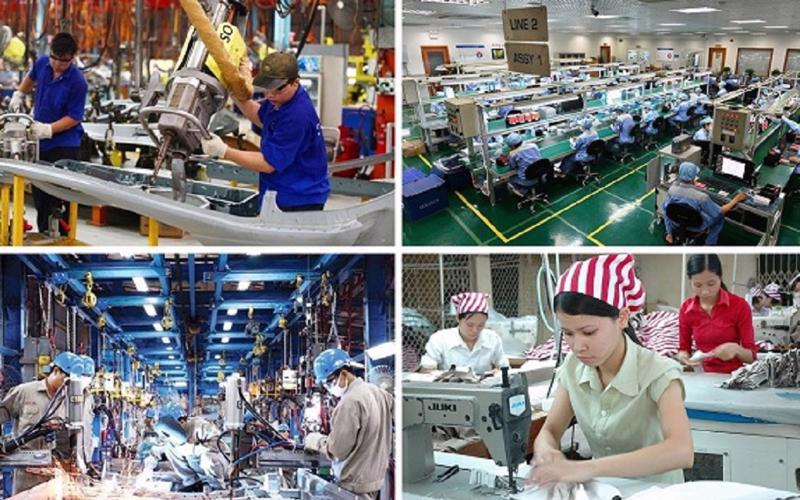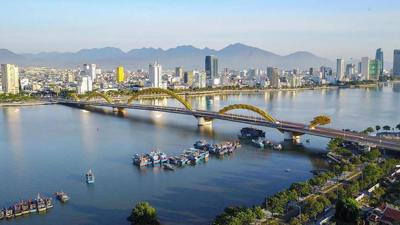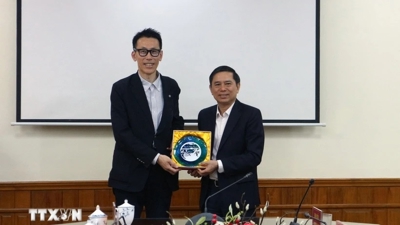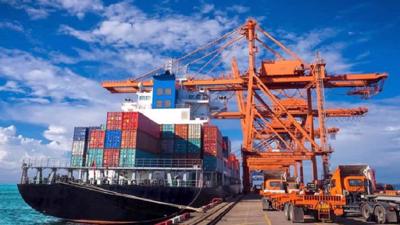Typhoon Yagi disruption leads to manufacturing production decline
Vietnam's PMI dropping below the 50.0-no change mark in September.

Typhoon Yagi had a major impact on the Vietnamese manufacturing sector during September, with heavy rain and flooding leading to temporary business closures and delays across production lines and supply chains, according to the S&P Global Survey released on October 1.
As a result, output, new orders, purchasing and stocks of inputs all declined. The disruption is set to be temporary, however, and firms remained confident in the outlook for production, raising employment accordingly. Meanwhile, cost pressures remained relatively muted and output prices increased at only a marginal pace.
The S&P Global Vietnam Manufacturing Purchasing Managers' Index™ (PMI®) dropped below the 50.0 no-change mark in September, signaling a renewed deterioration in business conditions at the end of the third quarter of the year following a spell of solid growth. The index was down to 47.3 from 52.4 in August, and pointed to the most marked worsening in the health of the sector since November last year.
Typhoon Yagi caused a marked reduction in manufacturing production in September, ending a five-month sequence of expansion. After output had increased sharply in August, the renewed decline in the latest survey period was the most pronounced since January 2023.
A similarly-sized drop in new orders was also recorded, again linked to the impact of the storm. New export orders dipped, but the rate of contraction was only marginal and much weaker than that seen for total new business as international demand held up relatively well.
With output and new orders down, firms scaled back their purchasing activity for the first time in six months.
Those manufacturers that did make purchases during the month were faced with a marked lengthening of suppliers' delivery times as flooding disrupted transportation. As a result, stocks of purchases decreased rapidly. Furthermore, the reduction was the second-steepest in the series history, only just behind the pandemic-affected month of April 2020. Stocks of finished goods were also down in September.
Disruption to production lines and company closures due to the storm meant that backlogs of work continued to accumulate, with the latest rise in outstanding business the sharpest in two-and-a-half years.
With the disruption caused by Typhoon Yagi expected to be only temporary, manufacturers remained optimistic that output will increase over the coming year. In fact, sentiment ticked up to a three-month high, with firms being confident that demand will strengthen.
Positive expectations and marked rises in new orders in previous months led manufacturers to expand their staffing levels slightly in September, following a fall in the previous month. Employment has increased in three of the past four months.
Although input costs increased amid higher raw material prices and rising transportation costs, the rate of inflation ticked lower and was relatively modest. A similar picture was seen with regards to selling prices. Some firms increased charges in response to higher input costs, but others took advantage of muted cost inflation to offer discounts to their customers.
Mr. Andrew Harker, Economics Director for Economic Indicators & Surveys at S&P Global Market Intelligence, said: “The severity of Typhoon Yagi had a major impact on the Vietnamese manufacturing sector as heavy rain and flooding caused temporary business closures and delays to both supply chains and production lines. The storm brought an end to a period of strong growth in the sector.
"The underlying demand picture should remain conducive to growth, however, meaning that we could see a quick rebound in the sector as the recovery from the storm begins. As such, firms remained optimistic in the year-ahead outlook and increased employment even as workloads fell."







